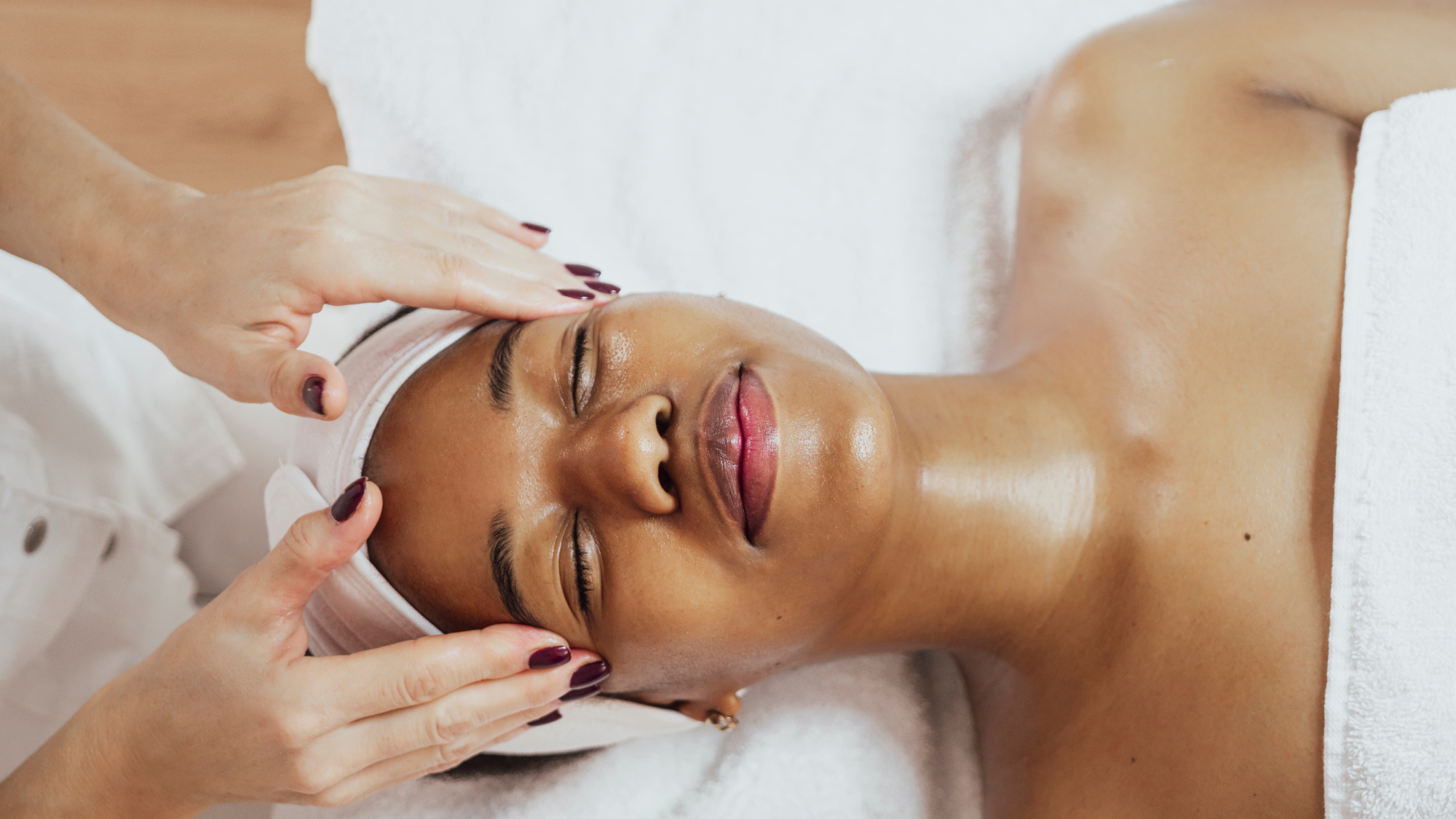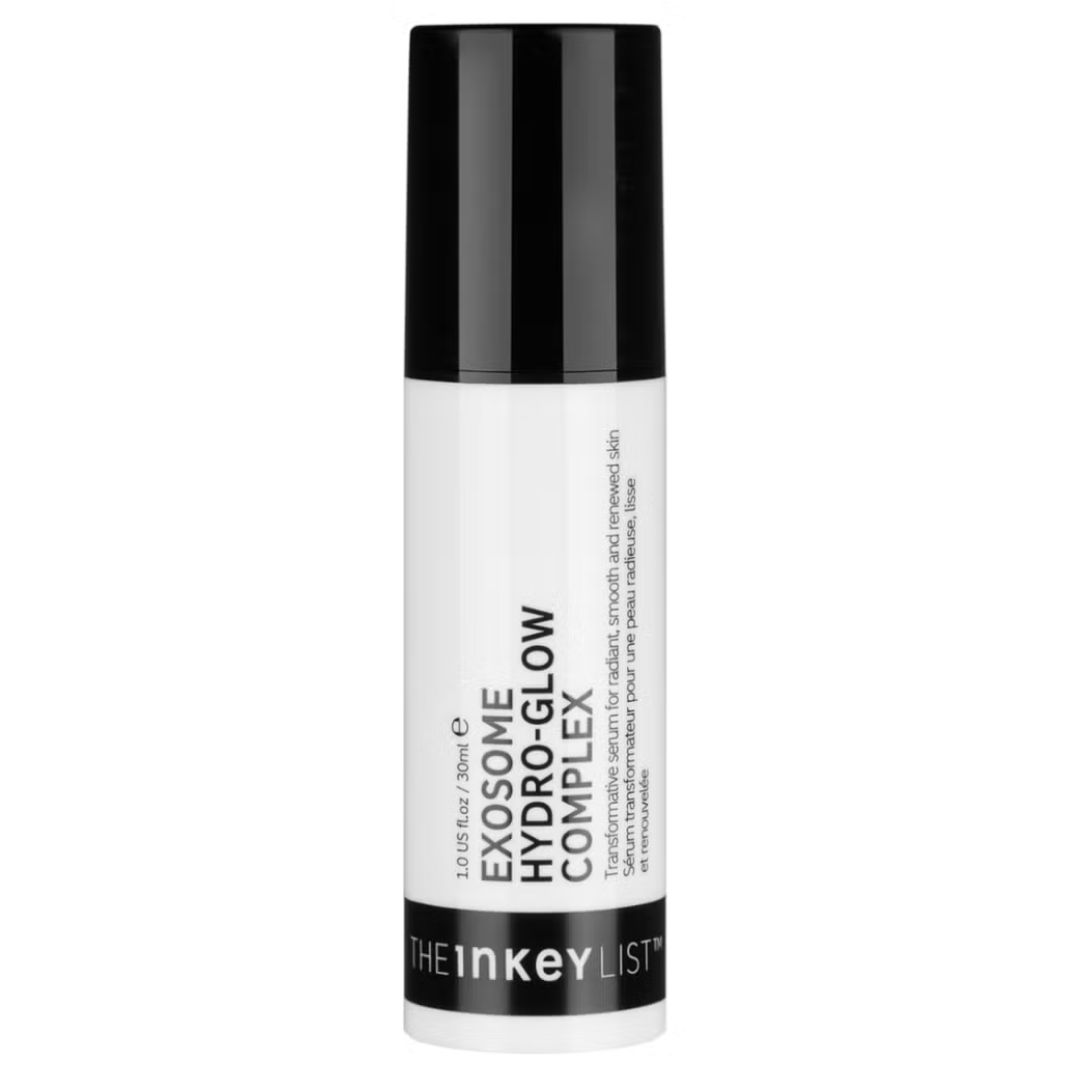Derms Are Obsessed with Exosomes for Skin Rejuvenation—Here’s What You Need To Know
Cutting-edge tech


Ingredient trends are a funny thing in the skincare and skin treatments space. Sometimes, something will be described as “the buzziest new ingredient” for your skincare routine when it’s been used in products for decades; we’ve seen it with hyaluronic acid, retinoids, niacinamide and plenty more. On the other hand, exosomes have been around for a few years, with promising results as an aesthetic treatment, but are relatively new to market in the grand scheme of things.
Either way, heightened consumer interest is the perfect opportunity for me to give you an overview of exosomes—particularly as it’s quite a controversial topic in the skincare and aesthetic medicine spaces. To that end, I asked two doctors for the need-to-knows, from the difference between aesthetic treatments and topical skincare products to who exosomes could and would not suit. Here’s what you need to know…
What are exosomes, exactly?
First things first: what’s an exosome when it’s at home? “Exosomes are nano-sized, tiny extracellular vesicles released by virtually every cell type in the body,” explains Dr Sophie Shotter, aesthetics doctor and founder of the Illuminate Skin Clinic. “They contain a mixture of substances from lipids, proteins, mRNA, micro-RNA and other signalling molecules and act as inter-cellular couriers that reprogramme recipient cells."
As for what that means in the context of aesthetic treatments, she continues: “This is relevant in aesthetic practice as the contents of exosomes can include things like growth factors, anti-inflammatory cytokines and micro RNA to accelerate healing, boost collagen and elastin production, modulate pigmentation and sebaceous activity.”
“Exosomes used in aesthetic practice can originate from a number of sources—human, animal, plant or bacterial,” says Dr Shotter. However, the only exosomes with approval for use in this country are plant and animal-derived: “In the UK, it is illegal for anything of human origin to be in a commercially available product,” she adds. “Nevertheless, such products are being distributed in the UK illegally.”
Indeed, a Guardian report earlier this year highlighted worrying incidences of illegal and unregulated human-derived exosome treatments (and the accompanying risk for transmission of viruses and diseases) on the UK market. Many experts, including those quoted in the Guardian report, have expressed concerns about the dangers and called for tighter regulations as a result.
What can exosomes do for skin?
This is an area of science, and indeed medicine, in which research is still ongoing. “Exosomes in aesthetics act as biological messengers that stimulate regeneration and repair, but their benefits depend heavily on how they're delivered,” explains Dr Shotter. “In clinical treatments—such as microneedling, radiofrequency, or injectable protocols—they can meaningfully improve skin texture, tone, post-procedure recovery, and early-stage hair loss by enhancing collagen synthesis, reducing inflammation, and accelerating healing."
Celebrity news, beauty, fashion advice, and fascinating features, delivered straight to your inbox!
“These effects are gradual, becoming noticeable over four to eight weeks, and best suit patients with mild-to-moderate photo-ageing, sensitive or rosacea-prone skin, or those seeking subtle, natural improvements,” she adds.
Aesthetics doctor Dr Priya Verma, who has an eponymous clinic in West London, adds: “They are ideal for those with early signs of ageing, post-inflammatory hyperpigmentation, dullness, or skin recovering from in-clinic treatments. They also work beautifully as part of a post-procedure healing protocol, accelerating recovery while improving long-term skin quality.”
As with any skin treatment, there are things they won't achieve, too. "Exosomes cannot replace Botox or fillers, and they do not deliver instant or dramatic changes," stresses Dr Shotter. "Used appropriately, they are powerful adjuncts, enhancing the efficacy of energy-based treatments or supporting recovery—but they should be seen as biological amplifiers, not standalone miracle solutions.”
Do exosomes in skincare work?
There are benefits to exosome skincare, but it’s important to be realistic about what a topical product will do versus a procedure. “Topical exosome skincare—usually derived from plant or bovine sources—offers more limited benefits, primarily hydration, barrier support, and mild brightening,” says Dr Shotter. However, “These products do not penetrate deeply enough to match in-clinic results and are not effective for treating significant ageing, deep wrinkles, acne, or hair loss.”
So though topical skincare with exosomes won’t quite rival an in-clinic procedure, it still has its merits. It makes a nice alternative for those who would prefer a less costly, plant-based and/or completely non-invasive way of trying to harness some of the benefits of exosomes. The INKEY List's Exosome Hydro-Glow Complex is a relatively new product that’s getting a lot of attention on social media as a plant-based, topical alternative. Though I haven’t used it long-term, it’s lightweight, non-greasy and sinks into the skin with ease.
What are the downsides of exosomes?
As well as the aforementioned safety concerns, other issues of contention include the ethics and sustainability around animal and plant-derived exosomes, which is why it’s important to choose reputable brands that are transparent about their harvesting practices. DermaFocus, for example, has a dedicated FAQ section detailing the ethics and sustainability of Purasomes by Dermoaroma on its website.
This is one reason why it’s so important to have a thorough consultation before any treatment; it allows you to discuss any concerns you may have about potential adverse side effects or questions about the actual exosome product with a qualified professional. Also, ensure to check a potential provider’s qualifications and insurance details, as well as doing your own research. Remember: It’s OK to have a consultation and then decide not to proceed with treatment if you feel uncomfortable—that’s the whole point.

Lucy is a freelance beauty editor and contributor at Marie Claire, and has also written for titles including Cosmopolitan, Refinery29, Glamour and woman&home. She was previously Marie Claire’s junior beauty editor. During her career, she’s covered everything from backstage beauty at fashion week to interviews with famous faces like Drag Race royalty and Little Mix. As for her beauty ethos, she’s a big advocate for not having to spend a fortune on beauty products to get good results. When she’s not got beauty on the brain you’ll probably find her reading or Netflix-ing.
